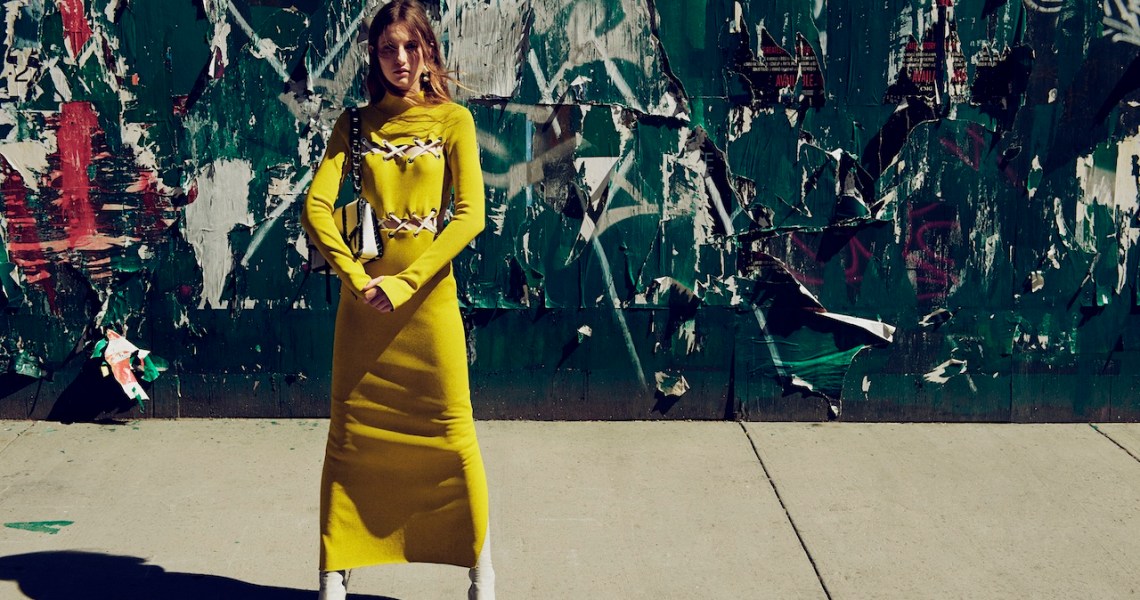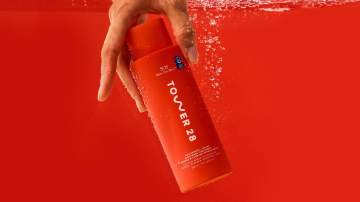Farfetch is jumping headlong into visual search with a new program called See It, Snap It, Shop It.
There have been rumblings about Farfetch bolstering its visual search feature for several months now. In October, Digiday reported that Farfetch was working on in-house visual search technology. On Friday, the company announced an in-app, iOS visual search feature.
The feature lets customers upload pictures from anywhere, which the app will then analyze and serve up either the specific product or something similar. The move is meant to improve discovery and give customers a reason to shop with Farfetch for a product, even if they discovered it outside of the e-commerce platform.
“Our private clients are already using images to plan their shopping across the season, to capture things that inspire them and to guide Farfetch personal shoppers, but up until now, searching for products that match has been a manual process,” said Sara Wood, vp of product at Farfetch.
Visual search is becoming an increasingly attractive discovery option for retailers. Instagram has become, by an overwhelming majority, the primary way in which many customers interact with brands. A 2018 report from L2 found that 97 percent of luxury brands’ social media interactions come through Instagram. But that content is not always shoppable. With visual search, customers can find something they like on Instagram, search it through Farfetch’s mobile app, and see not only the original product (if available in the marketplace), but also others like it, so they can compare prices and styles.
“Where people look for inspiration is now so varied, we believe it will really help bridge the gap from the point of inspiration — whether that’s across social channels like Instagram, or via family and friends, or from street style, anything — to the point of purchase on Farfetch,” Wood said.
“We have seen a direct correlation between accuracy and user satisfaction,’ said Ofer Fryman, co-founder and CEO of visual AI company Syte, whose technology is powering the feature. “If a user uploads their first image and finds exactly what they are looking for along with a selection of other similar items, they are immediately aware of the value and become loyal users of visual search. Technology like this has the potential to improve experience exponentially.”
This fixation on giving customers tools inspired by Instagram shows how much importance Farfetch is placing on the way millennials and other young consumers shop today. This is a trend that can be seen across the luxury industry. Brands like Chanel and big luxury holdings groups like Kering have all recently shown signs of shifting to a more millennial-focused and digital business model.
But in some ways, luxury is behind. While Farfetch is banking on visual search as a tool for finding luxury fashion, fast fashion brands have been making extensive use of the technology for months. Forever 21, Asos and H&M all offer features where customers can upload photos and find similar products.
Farfetch and other luxury e-commerce platforms often act as a modernizing force in the luxury business. As big heritage brands like Chanel continue to resist attempts at making e-commerce a priority, let alone something as forward-thinking as visual search, Farfetch can act as a medium between the modern, digitally savvy millennial consumer and the stubborn brands that are not meeting those consumers’ demands.
“Visual search is the ultimate connection between on and offline inspiration,” said Wood. “By allowing our customers to show us what they are interested in, we gain a deeper understanding of their needs, and are able to inspire them with fashion based on what they are looking for and enable a more personalized shopping experience.”




